How New Cars Will Prevent Pedestrian Injuries

Automakers are working hard to protect some of the most fragile things on the road: pedestrians.
According to NHTSA, pedestrian accidents account for approximately 13 percent of the 33,000 traffic fatalities that occurred in 2012. While automakers are beginning to use advanced technologies that help prevent vehicle-to-vehicle collisions, the next big step is to reduce the number of vehicle to pedestrian accidents.
A Foundation for Safety Systems
Once an obstacle is detected, your car will alert you of a potential crash, usually with lights and sounds. Some cars, like Mercedes models with PRE-SAFE can pre-charge the brakes.
“This means that when the driver brakes, up to 100 percent of braking power can be applied,” said Terry Wei from Mercedes-Benz Product & Technology Communications. “Additionally, other safety systems such as Distronic Plus with Pre-Safe Brake (available in the E, S, CL, CLS and GL-Class vehicles), the vehicle will brake autonomously up to 100 percent.”
Recently, the IIHS has made front-collision mitigation features a part of the criteria necessary to get a Top Safety Pick Plus rating and it’s easy to understand why. Cars equipped with these systems can reduce the impact speed and potentially stop accidents before they ever happen.
Watching out for Pedestrians
Volvo offers this suite of safety systems on new 2015 models S60 equipped with the Technology package.
“Pedestrian and Cyclist Detection with full auto brake consists of a radar unit integrated into the car’s grille, a camera fitted in front of the interior rear-view mirror and a central control unit,” said Laura Venezia from Volvo’s Corporate Communication team. “Thanks to the dual-mode radar’s wide field of vision, pedestrians and cyclists can be detected early on while the high-resolution camera makes it possible to spot the moving pattern of pedestrians and cyclists.”
Audi, Mercedes and BMW also offer pedestrian detection systems, but only on vehicles equipped with night vision cameras. These cameras actually use infrared specs, helping them to detect humans and animals by showing them in a brighter shade on a screen in the car.
Looking Ahead
Other automakers are looking into less expensive ways to avoid hitting pedestrians. For example, Honda is developing a smartphone-to-vehicle communication system called Dedicated Short Range Communication (DSRC). This idea uses a smart-phones GPS radio to send out signals that get picked up by a car.
When a car detects a pedestrian that is likely to walk into a vehicle’s path, the system provides an audible and visual alert to the driver. At the same time, the pedestrian’s phone also pauses whatever it is doing to delivers a warning, interrupting music, voice or texting functions that may be active. Aside from being less expensive than an array of cameras and radar sensors, this solution has the added benefit of helping the pedestrian stay alert about the cars around them. Honda hasn’t yet said when this system might be introduced with production cars.
Over ten percent of traffic fatalities in the U.S. involve pedestrians, so it’s good to see automakers using technology to make the streets safer for everyone on the road including motorcycles, bicycles and pedestrians.
While cameras and radars are the currently accepted method of pedestrian detection, Honda’s example of DSRC shows connected cars could even help alert pedestrians of potential dangers. As the saying goes: “Safety is a two-way street.”

Sami has an unquenchable thirst for car knowledge and has been at AutoGuide for the past six years. He has a degree in journalism and media studies from the University of Guelph-Humber in Toronto and has won multiple journalism awards from the Automotive Journalist Association of Canada. Sami is also on the jury for the World Car Awards.
More by Sami Haj-Assaad



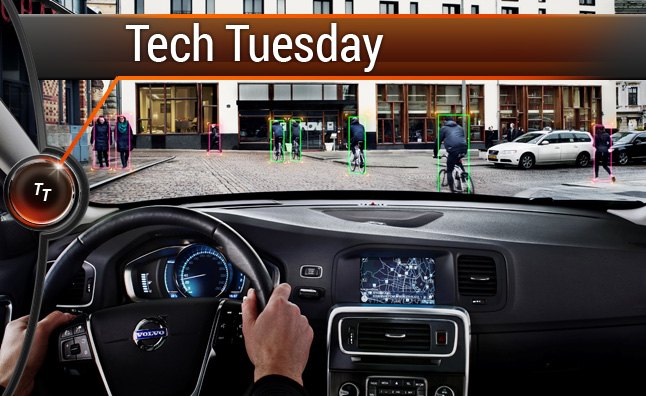

















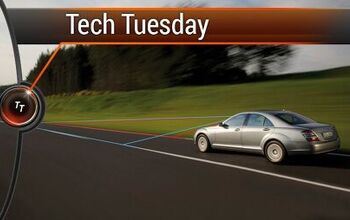
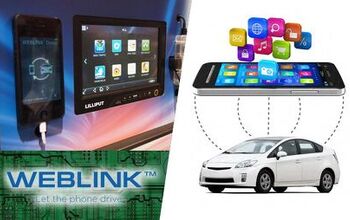

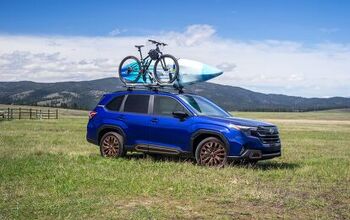



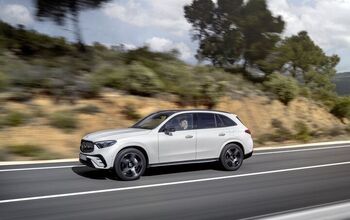






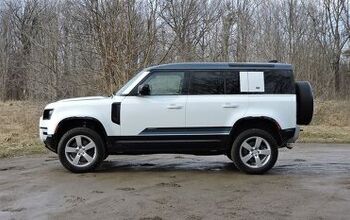
Comments
Join the conversation